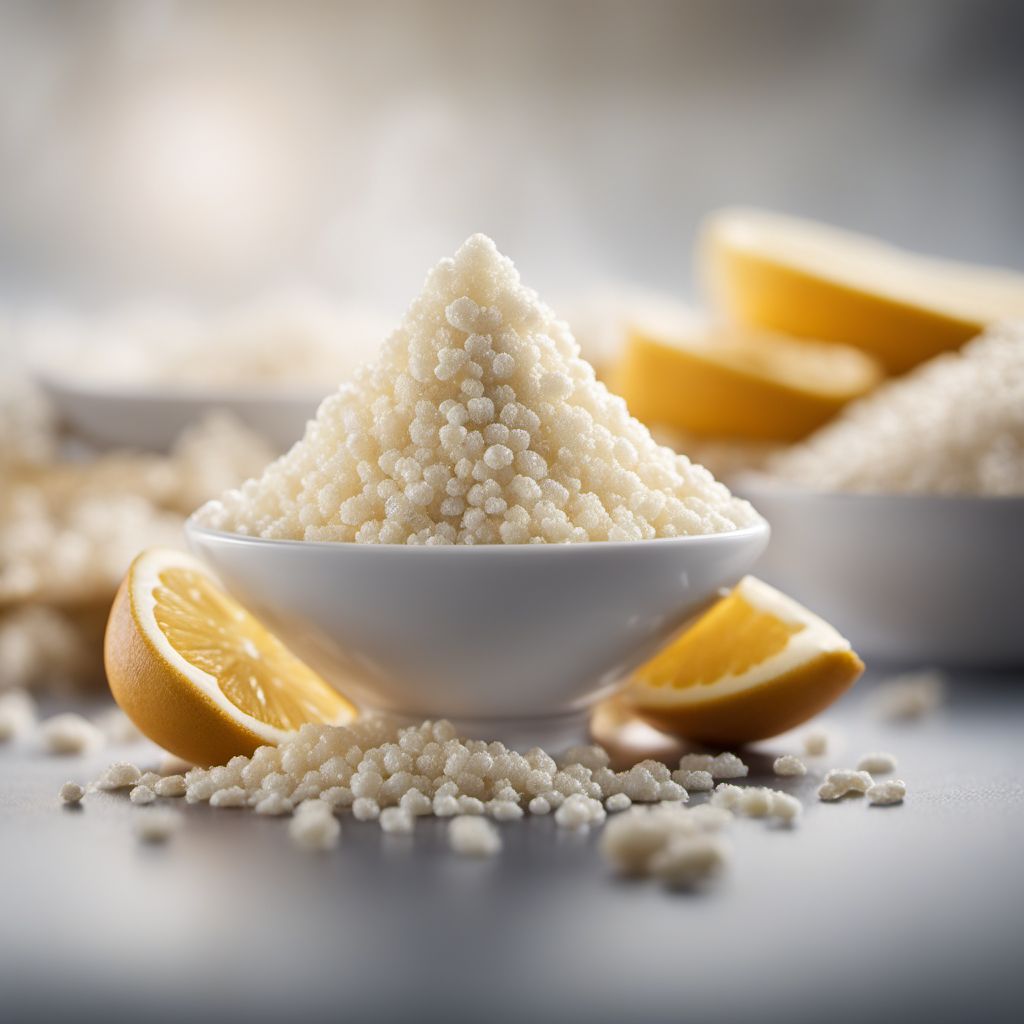
Ingredient
Lactose
"The Hidden Sugar: Unveiling the Secrets of Lactose"
Lactose, a disaccharide composed of glucose and galactose, is a white, crystalline powder with a slightly sweet taste. It is commonly used as a sweetener, thickening agent, and browning agent in various food products. Lactose is highly soluble in water and can be easily incorporated into both hot and cold preparations. Its fine texture allows it to blend seamlessly into recipes, making it a versatile ingredient in the culinary world. However, lactose intolerance affects a significant portion of the population, making it important to consider alternative options for those who cannot digest lactose properly.
Origins and history
Lactose has been a part of human history for thousands of years, with the domestication of animals for milk production dating back to around 9000 BCE. The consumption of milk and dairy products has played a significant role in various cultures, providing a valuable source of nutrition and sustenance. Lactose has been used in traditional recipes and culinary practices across different regions, contributing to the development of diverse cuisines.
Nutritional information
Lactose provides approximately 4 calories per gram and is a source of carbohydrates. It also contains small amounts of calcium and vitamin D.
Allergens
Lactose is not considered an allergen itself, but lactose intolerance is a common condition where individuals have difficulty digesting lactose due to a deficiency of the enzyme lactase.
How to select
When selecting lactose from a store, it is important to check the packaging for any signs of damage or tampering. Additionally, ensure that the product is within its expiration date to guarantee freshness and quality.
Storage recommendations
To maintain the freshness and quality of lactose, it is best stored in an airtight container in a cool, dry place away from direct sunlight. Avoid exposure to moisture, as it can cause clumping or spoilage.
How to produce
Lactose is produced by extracting it from whey, a byproduct of cheese production. This process involves separating the lactose from other components of whey through filtration and evaporation.
Preparation tips
Lactose can be used as a sweetener in beverages, desserts, and baked goods. It can also be used as a thickening agent in sauces, soups, and ice creams. When incorporating lactose into recipes, it is important to dissolve it in liquid before adding it to the mixture to ensure even distribution. For lactose-intolerant individuals, lactase supplements or lactose-free alternatives can be used as substitutes.
Substitutions
For lactose-intolerant individuals or those looking for lactose-free options, suitable substitutes for lactose include plant-based milk alternatives such as almond milk, soy milk, or oat milk. These alternatives provide a similar creamy texture and can be used in a variety of recipes.
Culinary uses
Lactose is commonly used in the production of dairy-based desserts, such as ice cream, custards, and puddings. It is also used as a sweetener in baked goods, beverages, and confectionery products. Additionally, lactose is utilized as a browning agent in savory dishes, contributing to the caramelization and flavor development during cooking.
Availability
Lactose is commonly available in grocery stores and supermarkets worldwide, as it is widely used in the food industry.


